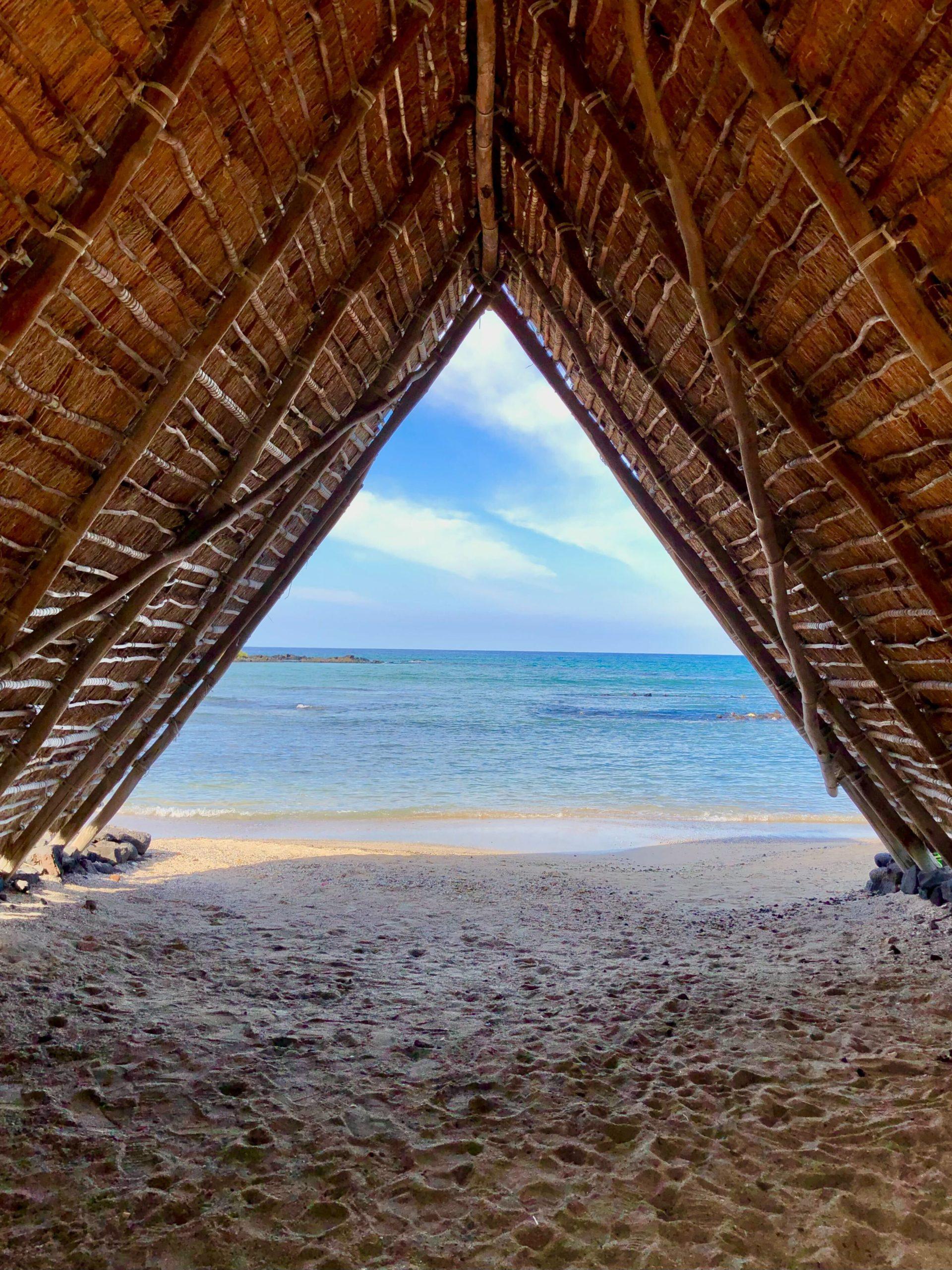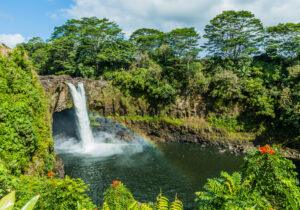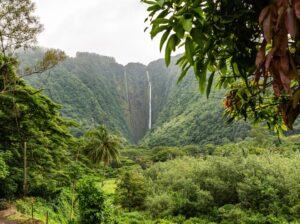Go Hawaiʻi on the customs and traditions of Hawaiʻi that sets it apart from the other 49 states. Join us on one of our Coffee, Cloud Forest & Brewery tour to learn about the culture and history of the beautiful Big Island.
Native Hawaiʻians navigated to the Hawaiʻian Islands, where they lived and flourished for centuries, carrying on the cultural traditions they brought with them and innovating new ones. With the influx of a diverse group of people to the islands, including the missionaries who converted many Hawaiʻians to Christianity and immigrant laborers who worked the sugar cane plantations, some Native Hawaiʻian traditions were widely adopted and evolved in the same pattern of assimilation, adaptation and innovation that affected the culture of newcomers, creating a shared culture of diverse influences commonly referred to simply as “local.” However, many Native Hawaiʻian customs have been protected and perpetuated and are still practiced today.
Native Hawaiʻian Traditions
1. The honi ihu, or the touching of noses, is a traditional method of greeting one another, whether it’s a man and woman, two men or two women. It allows both people to exchange breath, which is the supremely important life force in Hawaiʻian understanding, and also share scents and convey a closeness in relationship.
2. Made out of flowers, bird feathers, shells, seeds, hair or ivory, the lei (garland or wreath) has become a symbol of Hawaiʻi. Worn on the top of the head or around the neck, lei were used ornamentally by Native Hawaiʻians, especially chiefs, to signify their rank. Giving a lei was a traditional practice, but not like the ceremonious welcome practice that has become the local custom today. The manner of presenting was also different: it was tied around the neck, rather than casting the lei over the head, respecting the sacredness of a person’s head and back.
3. Hula is a complex artform performed for religious purposes, entertainment and to preserve historical events, genealogy and mythology through movements accompanied by chants. It is a sacred, serious pursuit, involving rigorous training and technical skill, and academic knowledge taught by respected kumu (teachers) who carry on and advance wisdom from a long lineage of masters. Unlike a lot of hula performed today, hula wasn’t meant to be a spectacle, and was often performed privately.
4. A coveted value, malama aina (take care of the land) upholds the strong connection Hawaiʻians have to the land. It provided food, nourishment and sustainability, so it was a profound privilege and duty, or kuleana, to take care of it in return by being great stewards, so that everyone, including future generations, could thrive from the bounty of the islands’ natural resources. This ethos still drives many of Hawaiʻi’s taro farmers, fishpond caretakers and ecologists and conservationists of all stripes.
5. Hawaiʻian parties are called paina (dinner party) or ahaaina (feast), but a misunderstanding by 19th century newspaper reporters gave these distinctive celebrations the name luau (the name for taro tops, a common ingredient in Hawaiʻian cuisine), and it stuck. Though not an ancient name usage, the sentiments are similar—they brought together groups of people to enjoy delicious food.
At the time in Hawaiʻi’s history when the sugar industry grew and plantations multiplied, immigrant laborers were brought largely from China, Portugal, Japan, Korea, Puerto Rico and the Philippine Islands. This diverse group of people living together in close-knit communities created a melting pot of cultures, which produced a unique blend of customs that have roots from many areas of the globe that are collectively referred to as “local.”
Contemporary Local Customs
1. Derived from the traditional Hawaiʻian honi ihu, a hug and a kiss on the cheek is a common greeting in Hawaiʻi, whether you’re meeting friends, family or new people. At business meetings, handshakes are still acceptable.
2. Understanding the semantics of the language shows respect to the island and people you’re visiting. Only refer to things as “Hawaiʻian,” if you’re talking about the indigenous culture and people of Hawaiʻi. Non-Hawaiʻians are referred to as “locals” or “kamaaina” (“child of the land”).
3. Hawaiʻian Pidgin English is a creole language, created at a time when various immigrants and Hawaiʻians needed a way to communicate with each other. A mixture of words from different languages, it may sound like broken English to uninformed listeners. It’s best not to attempt Hawaiʻian Pidgin English unless you’re fluent, as it may be perceived as mockery or disrespect.
4. Wearing a flower tucked above your left ear (the same side as your heart) discreetly communicates that you have a significant other, while a flower tucked above your right ear lets others know that you’re available. This practice has no roots in Hawaiʻian culture, but is a fun local custom.
5. It is not common to use a car horn while driving in Hawaiʻi (unless you are honking a friendly hello). Instead, waving or throwing a shaka when someone lets you into their lane is encouraged.
6. It is considered a kind gesture to bring omiyage (gifts) from afar for family or friends. Unlike a standard souvenir, such as a magnet or postcard, the idea is to choose items that can’t be found in the recipient’s region, especially food. For instance, buying a box of macadamia nuts for a friend in Iowa where they are not common, or bringing a box of special cookies to a friend on another island where they are not available. Gifts of food are also given in exchange for favors.
7. Speaking of gifts, don’t take rocks or sand from the beach or lava rocks from a volcano. Superstition says that people who take them will be cursed, which probably gets its roots from the high esteem Hawaiʻian culture has always held for rocks. A lithic culture, stones were used for many things, such as tools, fences, housing – they can even be forms of deities. Leaving rocks as you found them is the best practice.
8. Take off your shoes before entering someone’s house. You’ll rarely find a house in Hawaiʻi that doesn’t follow this practice. Observing the custom respects your hosts and keeps the dirt outside.
9. Give a gift of lei to welcome someone or say, “a hui hou” (until we meet again). Lei are also appropriate gifts at graduations, birthdays or other special occasions. It’s a bad omen to give a pregnant woman a closed lei (a representation of an umbilical cord wrapping around the neck of a child), so ask the florist to make it open-ended.
10. A person’s humility is generally deemed a more valuable characteristic than a person’s connections or financial worth. Wearing flashy clothes or name-dropping in Hawaiʻi can be perceived as arrogance rather than pride.





